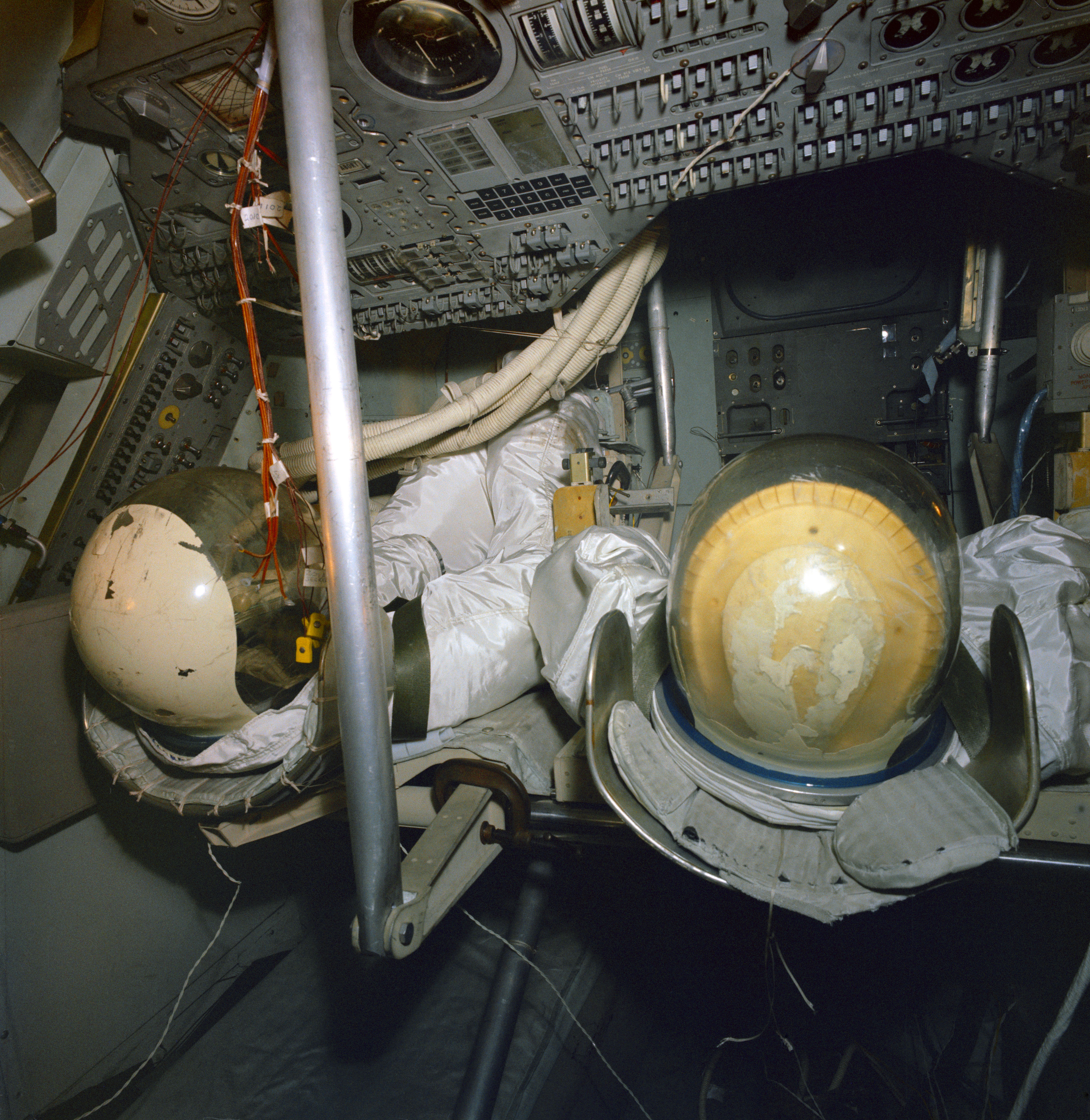Many thousands of Rebreather divers (myself included) spend untold hours huffing and puffing on high PPO2 mixes day in and day out. There is not a plague of lung inflammation or other problems associated with breathing enriched gas mixes.
As for the science, NASA decided in 1968 (after the Apollo1 disaster) to run the Apollo space program with an atmosphere of 60% O2 / 40% nitrogen at 16psi for all ground operations. Once in space the atmosphere was switched over to 100% O2 at 5psi. If it's good enough for astronauts, it's good enough for divers.
No new science needed, this stuff has been known for decades. The science is clear and your basic Nitrox class teaches you about OTU's and CNS levels etc that represent the actual limitations of oxygen use.
50 years ago, on the way to the Moon…..

www.nasa.gov
I understand very well the benefits of high oxygen percentages when using CC rebreathers: in my OW course, in 1985, training was done mostly using pure-oxygen CC rebreathers (ARO).
Oxygen can be very useful for some dive profiles, increasing bottom time and reducing deco time.
But when the diving profile is so modest that DCS is entirely not an issue, what's the point of using Nitrox for a relaxed rec dive?
I repeat, Nitrox is great for more "aggressive" dive profiles, making them safer and more enjoyable.
But when instead there is no benefit, why one should get the risk, even if small?
Remember, we are in Basic Scuba, discussing rec diving at small depths and very "conservative" regarding DCS.
The original poster is doing something wrong and pointless, that is diving Nitrox with the computer set to air.
Many answers pointed out the flaws of this approach.
But the general suggestion is to solve the discrepancy by setting the computer to the real oxygen percentage, while still using Nitrox.
I am simply suggesting another solution to the discrepancy: leave the computer set to air and just use air tanks.
If the dive profile is still far from NDL, this is also a viable solution.
Both solutions provide some benefits and some drawbacks...
And both are an improvement over the practice employed by the OP.




